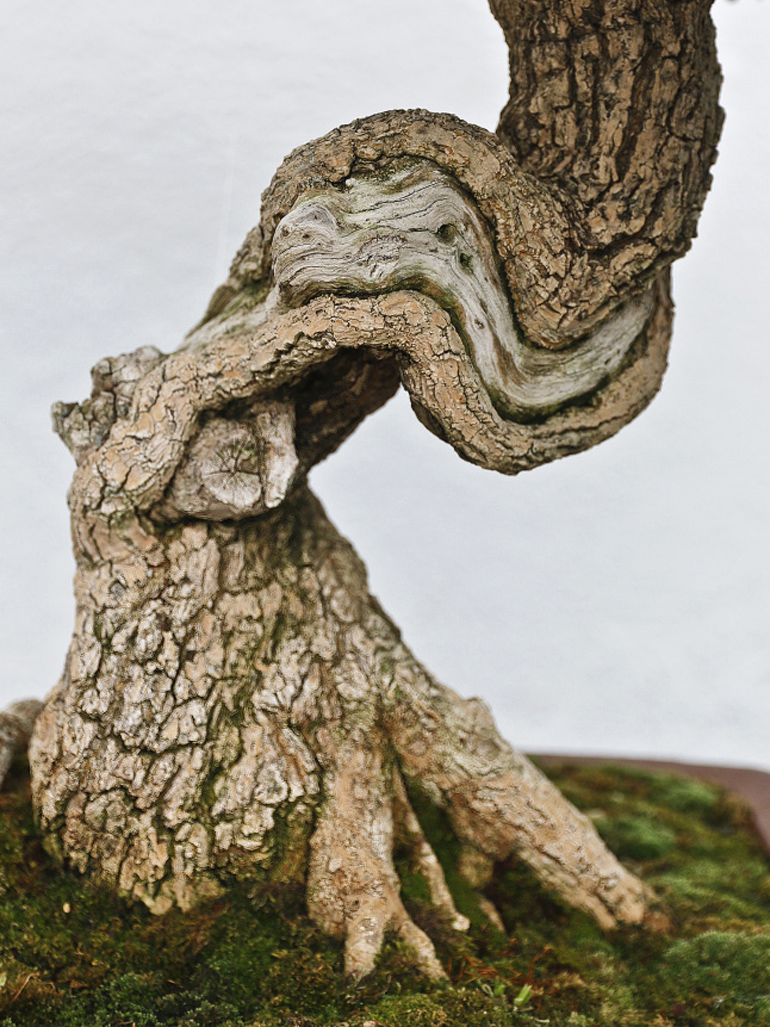
This vivid close up was taken by Bill Valavanis at the Montreal Botanical Gardens. The tree is a Chinese privet. To see a photo of the whole tree and a whole range of other great photos, visit Bill's blog.
Bill Valavanis is up to his old tricks. Exploring and promoting bonsai with flair and dedication. The result is one of the best bonsai blogs you’ll find. This time it’s the famous bonsai collection (collections actually, though the Penjing section was closed) at Montreal’s Botanical Gardens.
I didn’t start out to turn this post into a bonsai varieties guessing game, it just turned out that way.
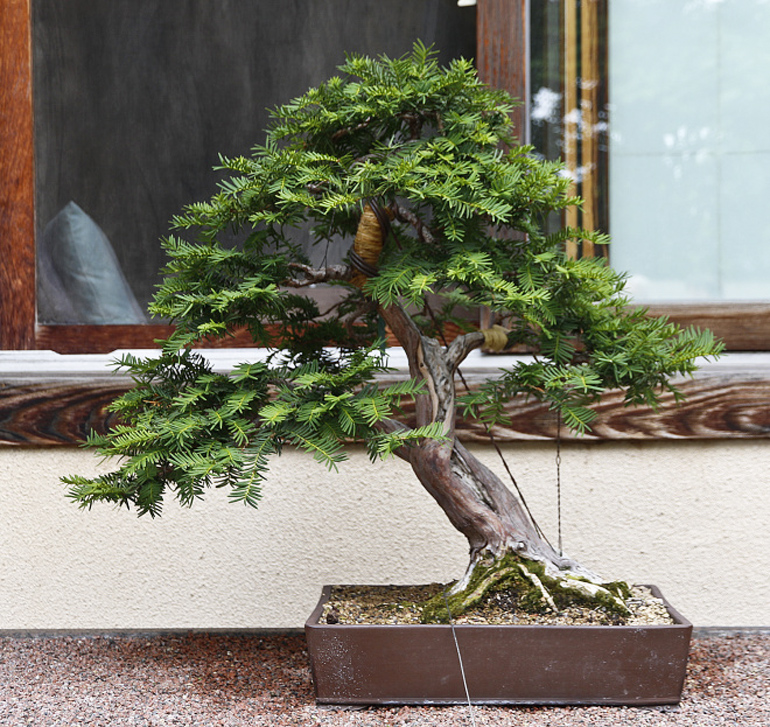
There's a lot to like about this tree. The smooth reddish bark, the natural looking shari (deadwood on the trunk), the nebari (spread at the base of the trunk) and the tree's overall balance. Base on the leaves, I'm going to guess that it's a Hemlock, though my guesses are a 50-50 proposition at best.
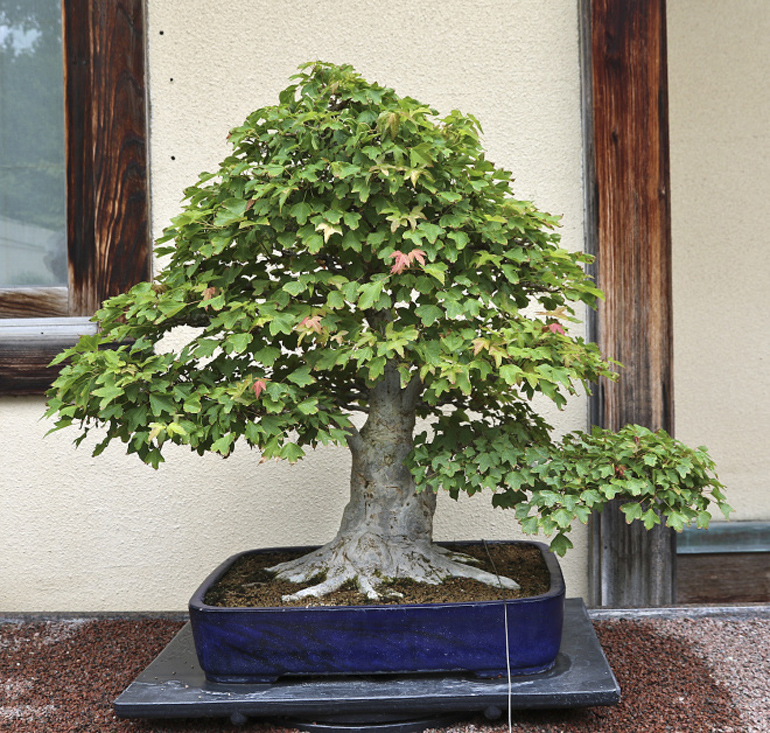
A hefty old Trident maple with typically strong nebari. No need to guess the variety, the leaves are a dead giveaway.
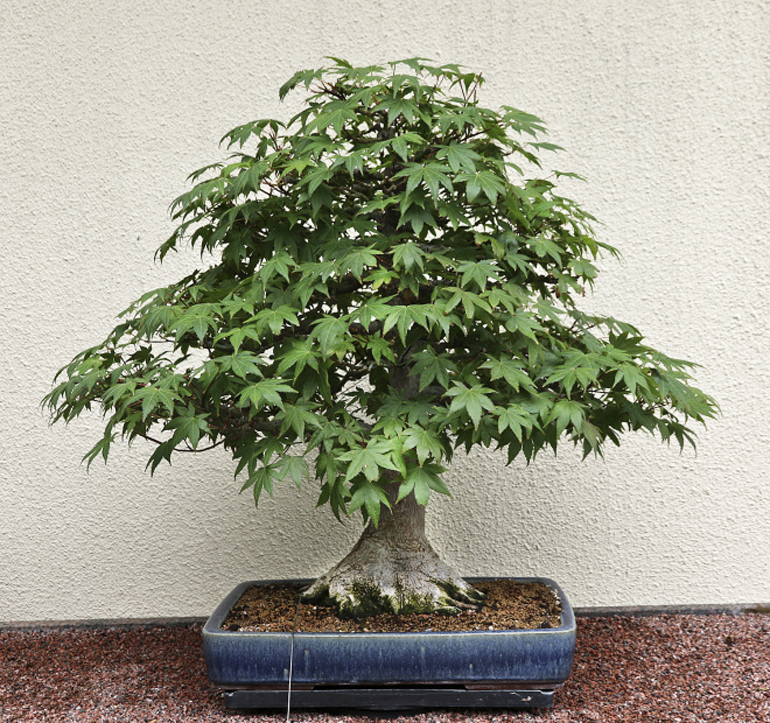
Another maple with a strong nebari. This time it's Japanese. Again, the leaves are unmistakeable.
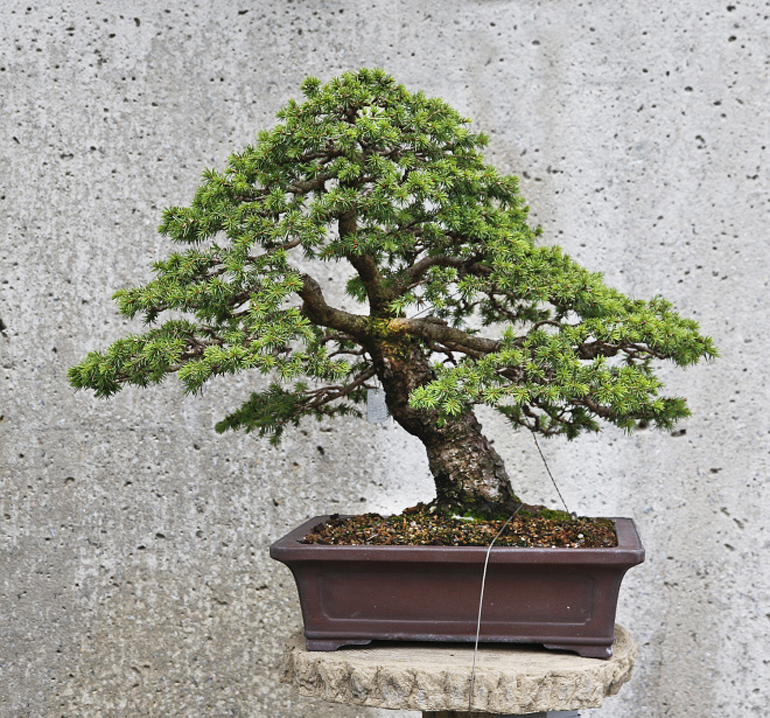
Based on the bark and leaves, I'll stick my neck out and guess a dwarf Norway spruce (aka European spruce). And don't worry; if I'm leading you astray Bill will set me straight.
This one scares me. I'll take a wild guess and go for Scot's pine.
Bald cypress. This one is easy, with or without the plaque.
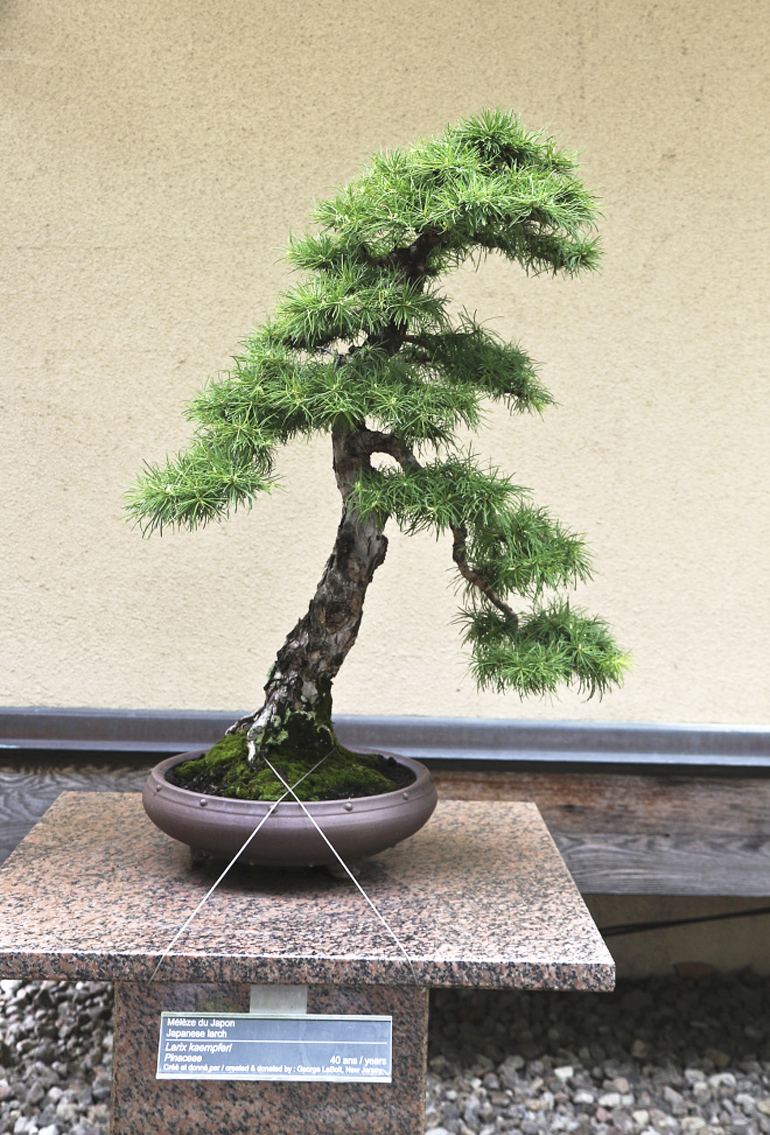
I would have guessed Tamarack, aka American larch (Larix laricina) on this one and I would have been wrong. As you can see, it's a Japanese larch (Larix kaempferi).
The eight photos shown here are a small fraction of what you’ll find on Bill’s Montreal trip (39 photos in all).

500 gram (1.1 lb) rolls of Bonsai Wire
only 9.38 each during our 25% off Sale
The following is taken from a email that Bill Valavanis sent:
“The twin trunk slanting pine bonsai is a Jack pine, Pinus banksiana. This species is kind of similar to Scots pine, but the needles are much thicker, often twisted and coarse. Note that the bottom of the branches are kind of natural, not cleaned up like other species. Also, notice the dead wood area on the bottom of the trunk, which indicates it has been collected. Unless you are in Europe, I doubt you could collect Scots pine with such character. OK, Xmas tree plantations and nurseries might offer such material, but it is different. Perhaps only trained eyes can differentiate between the two, and often they are quite similar.
Have fun with your bonsai, that’s what it is all about.”
Wayne, that first tree is a yew.